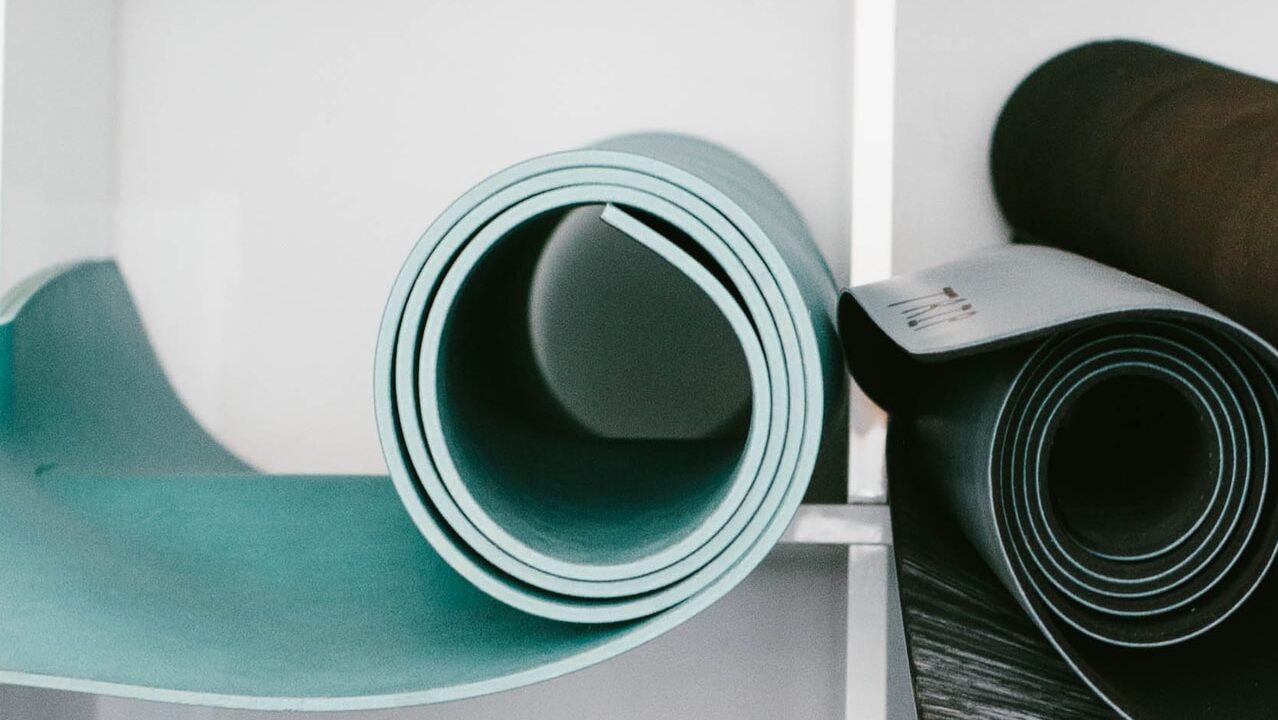As the pandemic forced fitness studios, including hot yoga studios, to shutter their doors, gym rats, yogis, and other fitness enthusiasts scrambled to make alternate, physically distanced arrangements.
Suddenly, basements, garages, and even that tiny space between television sets and coffee tables were reconfigured into makeshift dumbbell stations, yoga studios, stationary bike pads, and glute-tightening squat zones. Everywhere, people resorted to their own devices.
But not every pre-pandemic fitness routine could be easily replicated beyond the shuttered doors of gyms and local studios. Case in point: Hot yoga (or any workout that relies on, or is amplified by, heat).
Numerous studies have revealed that training in the heat could improve performance: In response to hot, humid workouts, the body increases blood volume and heat dissipation, which makes it more efficient at regulating temperature (whilst being vigilant to veer away from the dangerous threshold of heat stroke or heat exhaustion). According to other sources, two weeks of heat exposure could reduce a person’s heart rate roughly 35 beats per minute. Runners seeking to increase their pace, for example, could plan to endure a summer of training in hot weather as a way of running faster in cooler conditions. The benefits of heat training apply to other activities, too, like swimming.

In yoga, there is evidence to suggest that heat increases active and passive range of motion of the muscles, and that the heated environment of a hot yoga practice – on top of the physical activity of the yoga – could have a similar effect on the tissues of the muscular system. For most yogis, this improved flexibility means moving deeper into the postures – reaching your toes, locking out your knees, bringing your forehead down onto the mat all despite the urge to tighten the hamstrings, buckle the knees, or round the spine – to realize the full benefits of the postures.
Finally, all of these benefits aside, let’s not forget those fitness enthusiasts that simply favour training in the heat because of the way it makes them feel.
Inside, hot yoga studios offering various styles of yoga – from Bikram to Moksha and more – can range anywhere from 32°C to 41°C with varying humidity (a typical Bikram class targets roughly 40% humidity).
How, then, could hot yoga practitioners create these conditions, which can be up to 10°C (or even 20°C) above conventional room temperature – plus humidity – without jeopardizing the structural integrity of residential property and without breaking the bank to keep space heaters, humidifiers, and thermostats humming?
Yogis have been resourceful in response to the lockdowns – taking their yoga practice outdoors (for those who are lucky to be in warm climates), doubling down on layers of yoga pants and tanks, cranking up their thermostats, and purchasing (often multiple) space heaters and humidifiers. Still, most would concede that these homespun hacks fail to capture the quintessential sweat of a proper hot yoga practice.
It’s just not the same.
That means that, until the COVID vaccine is rolled out en masse, and government interventions begin to take effect, hot yogis will keep pining for sweatier days ahead.
